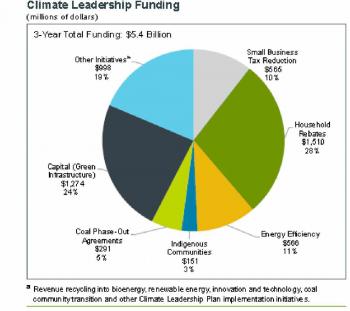Image Caption
By Shari Narine
Windspeaker Contributor
KIKINO METIS SETTLEMENT, Alta.
After years on the front line warning about climate change, Jesse Cardinal says both levels of government are still playing catch-up.
Most worrisome, she adds, is that the federal government is taking its cues from the Notley government. And the province’s system is far from perfect.
Cardinal, a member of the Kikino Metis Settlement, part of the Keepers of the Athabasca, and now a climate technician with Treaty 8, says Alberta Indigenous Relations still seems to be adopting the father-knows-best attitude.
“What I’m seeing happening, as an Indigenous person from a Métis settlement, is that these programs are not set up for Indigenous communities,” said Cardinal. “The government is coming up with these (climate action) programs and there’s no consultation in the development of these programs.”
“This year we’re rolling it out (programs and funding) from the department, but that’s not the long-term plan,” said Alberta Indigenous Relations Minister Richard Feehan while addressing the government’s Standing Committee on Resource Development this past April.
Kyle Ferguson, spokesperson for Indigenous Relations, says while all-out consulting has not taken place, there has been consultation with Indigenous leaders over how to move forward.
“We are in the process of developing a governance structure between the government and Indigenous folks. But in the meantime … there are certain things that just sort of make sense to do,” he said.
Last year, two pilot projects were introduced that provided $2.5 million to Indigenous communities through the Alberta Indigenous Solar Program and the Alberta Indigenous Community Energy Program.
Until the new governance structure is in place, the new pot of $41 million will continue to be meted out in the same manner, which means $200,000 maximum per project for First Nations, Metis Settlements and Indigenous organizations.
That per project budget figure, says Cardinal, is limiting what Indigenous communities can do.
She points out that solar panels on houses work well in urban settings but not well on First Nations, where residents don’t own their homes.
“We’re not fighting for moving from one corporation to another, from Suncor to AltaGas,” said Cardinal. “We want solar farms and wind farms. We want First Nations to have equal opportunity to be big energy producers.”
Feehan told the standing committee it is his department’s intention to create a governance structure with Indigenous communities to determine how $151 million over three years, set aside in the climate leadership funding for Indigenous communities to “transition … to a lower carbon economy,” will be used.
Cardinal says she would like to see a sum of money given to each First Nation and Metis Settlement allowing them to meet their communities’ specific needs and to determine how best to spend the funds.
Cardinal says she understands the government wanted to roll out the program as soon as possible, but she believes that what has happened wasn’t the right way to go.
“Start off on the right foot. Make sure you have Indigenous people helping create programs for Indigenous communities,” she said.
Ferguson says it is still to be determined how the governance structure will work.
“It just takes time,” he said. “It’s never been done before. We’re trying to invent some stuff here. We are absolutely committed to working with Indigenous people in Alberta.”
Ferguson said an announcement for the programs will be made on June 19 at City Centre Mall in Edmonton.
“And we’ll have a lot more details as to what these programs will look like,” he said. “But this can be modified and changed once we get our governance structure together.”

